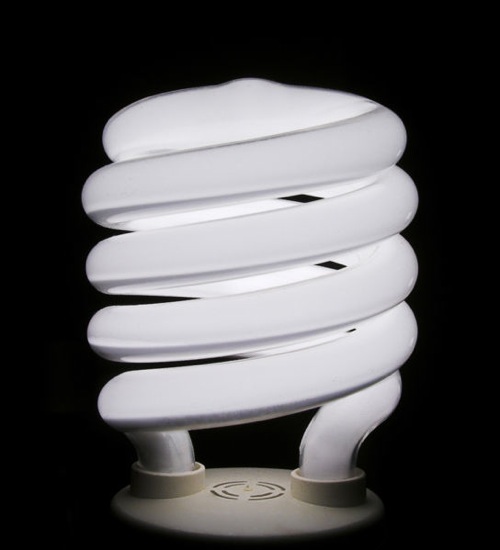 The Houston Chronicle ran an Op-Ed Sunday entitled An energy winner: Big savings are possible by upgrading efficiency goals. Authors: Public Citizen’s Tom “Smitty” Smith and Matthew Johnson. Check it out:
The Houston Chronicle ran an Op-Ed Sunday entitled An energy winner: Big savings are possible by upgrading efficiency goals. Authors: Public Citizen’s Tom “Smitty” Smith and Matthew Johnson. Check it out:
In the world of energy, there’s one clear winner when it comes to cost, cleanliness and speed: energy efficiency.
Although regulated utilities in Texas, with few exceptions, met or surpassed all energy efficiency goals set by the Legislature in 2007, this is not the time for Texans to get complacent.
Rather, it’s time to increase our energy efficiency goals and give utilities more tools to achieve new, more aggressive targets. In this time of economic uncertainty and out-of-control utility bills, homes and businesses across Texas deserve more action.
Last year, the Public Utility Commission of Texas completed a study of the state’s energy efficiency potential. Conducted by the independent firm Itron, it concluded that there’s room for Texas to reduce its energy use by 18 percent. We could save even more during times of peak demand. The study also reported that if the Texas Legislature sets higher goals for energy savings, consumers could save $4 billion to $12 billion on utility bills over the next 10 years.
The commission’s study tells us many other things. If we expand the goal to include industrial customers and customer-side management programs, such as programmable thermostats that allow utilities to cycle air-conditioners for 10 minutes an hour on the hottest days, we could save more.
However, there is a major flaw in the way the Legislature sets our current goal for energy efficiency. In recent years, growth in electricity demand was high, thus goals based on a percentage of that growth corresponded to a significant amount of savings. But due to the recession, most utilities won’t experience much growth in demand, meaning many of them will not have to achieve any energy efficiency savings.
With utilities having little incentive to encourage customers to reduce energy use, families and businesses across Texas are on their own to fix leaky buildings and replace old appliances.
To fix this, the Legislature should change the way the goal is measured. By setting the goal based on a percentage of peak demand and overall consumption, it will guarantee that energy efficiency programs are active and adequately funded.
The goal should also get more aggressive. By 2015, Texas should meet one percent per year of peak demand and consumption through energy efficiency and two percent by 2020. The commission’s study indicates this is doable if we give utilities more tools to work with.
Currently, utilities can spend up to 10 percent of energy efficiency funding on marketing. The Legislature should raise that limit and allow them to market efficiency directly to consumers. They should also offer utilities a fair way to recover lost revenue in addition to including industrial customers and customer-side management programs.
The stimulus package President Obama signed into law includes billions of dollars for green energy programs that are shovel-ready. Texas is in line to receive a large share of these funds, but only if we have already set up the infrastructure to accept and distribute them.
The benefits of more aggressive energy-efficiency goals go beyond lowering utility bills. Utility-run programs that help families replace old appliances and insulation help clean the air by reducing the need for power from coal and natural gas plants. They protect ratepayers from the price volatility of fossil fuels and uranium. They also put Texans to work in green jobs.
In 2009, Texas legislators have a clear win in front of them in energy efficiency. The only question left is whether they know how important the issue is to their constituents. Call, write or visit your representatives to ask them to take strong action on energy efficiency today.
Smith is director of Public Citizen’s Texas Office. Johnson is an energy efficiency researcher at Public Citizen’s Texas Office.


